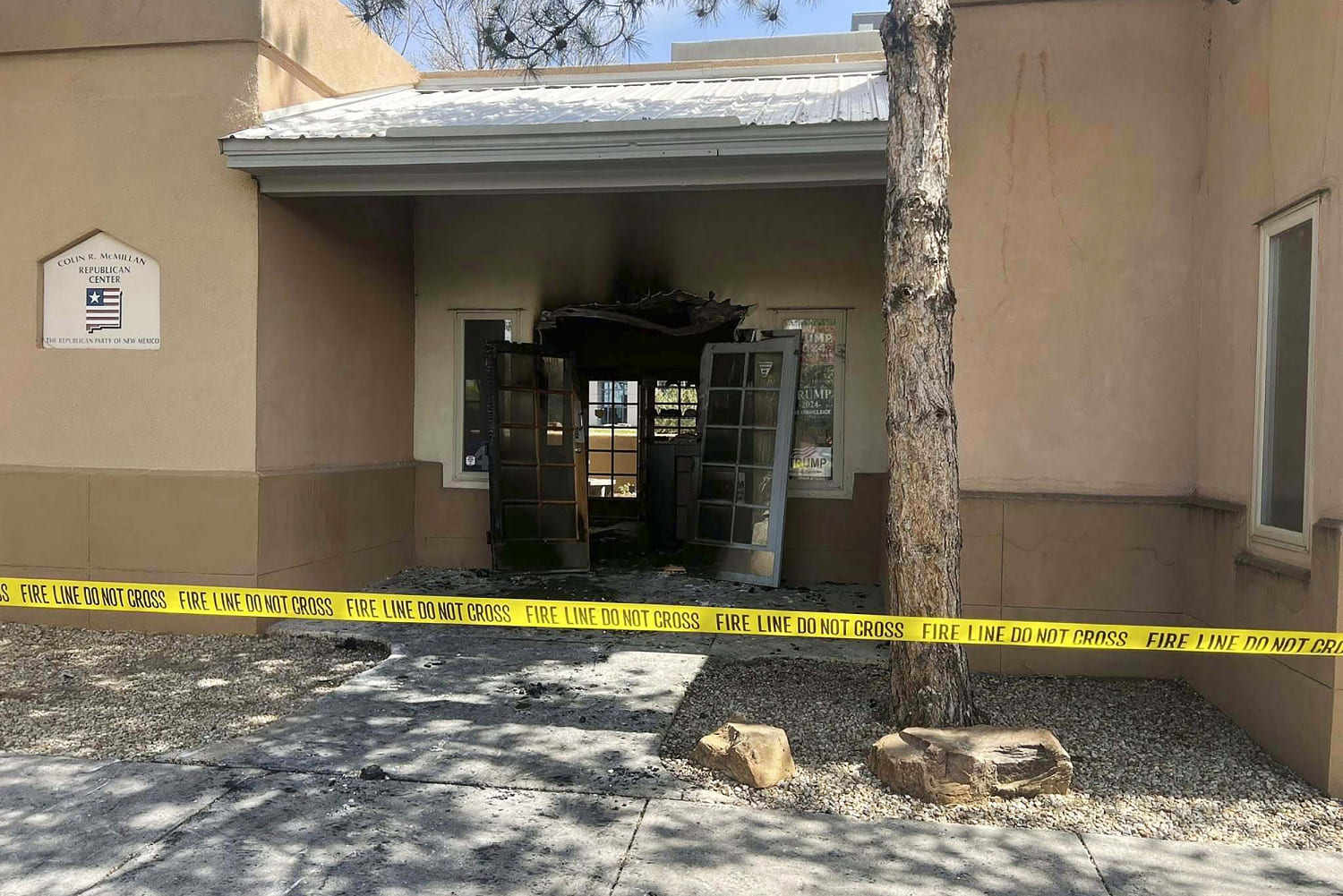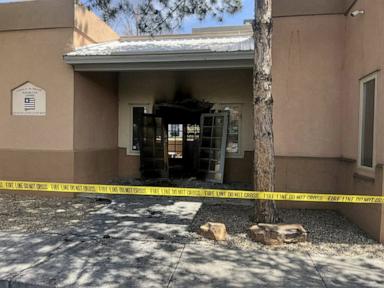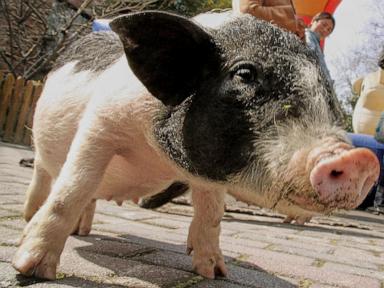Uncontrolled livestock grazing is destroying streamside habitats that are critical to endangered plants and animals in Arizona and New Mexico, a new report has found.
Half of roughly 2,400 miles surveyed since 2017 showed significant harm to such spots, while 13 percent of the areas incurred moderate damage, according to the report released Wednesday by the Center for Biological Diversity.
Only 14 percent of the places surveyed demonstrated no damage at all, per the report.
“These animals and plants don’t have a chance at survival if the streams they rely on are allowed to be devoured by hungry cows and made into stinking manure pits year after year,” Chris Bugbee, a Southwest conservation advocate for the Center for Biological Diversity, said in a statement.
The surveys included 178 U.S. Forest Service and 35 Bureau of Land Management grazing allotments in the two states, as well as critical habitats administered by both agencies outside of the allotments.
They found documented damaged from authorized, unauthorized and feral livestock grazing within federally designated critical spaces.
Related to these observations, the Center for Biological Diversity and its partners said they have supported lawsuits that have resulted in 3,657 livestock being removed from impacted habitats in both states.
“The good news is that creeks and riparian areas have begun to recover in the places where our litigation has kept cows out,” Bugbee said. “Full recovery will take decades.”
The livestock, according to the report, destroy the habitats by defecating and urinating in the streams, trampling on the banks and ravaging vegetation.
This type of behavior also prevents new riverside forests from regrowing, the authors noted.
Some of the species affected by these circumstances include rare fish, certain types of garter snakes, the Jemez Mountains salamander and the Chiricahua leopard frog, according to the report.
Also impacted are the New Mexico meadow jumping mouse and jaguar, as well as several bird species: the Southwestern willow flycatcher, the Western yellow-billed cuckoo and the Mexican spotted owl.
The authors urged the federal government to take swift action to protect the riverside and aquatic critical habitat by removing more cattle from these sensitive areas.
Maintaining the status quo, they concluded, could risk “driving to extinction those species that rely on riparian habitat there.”













